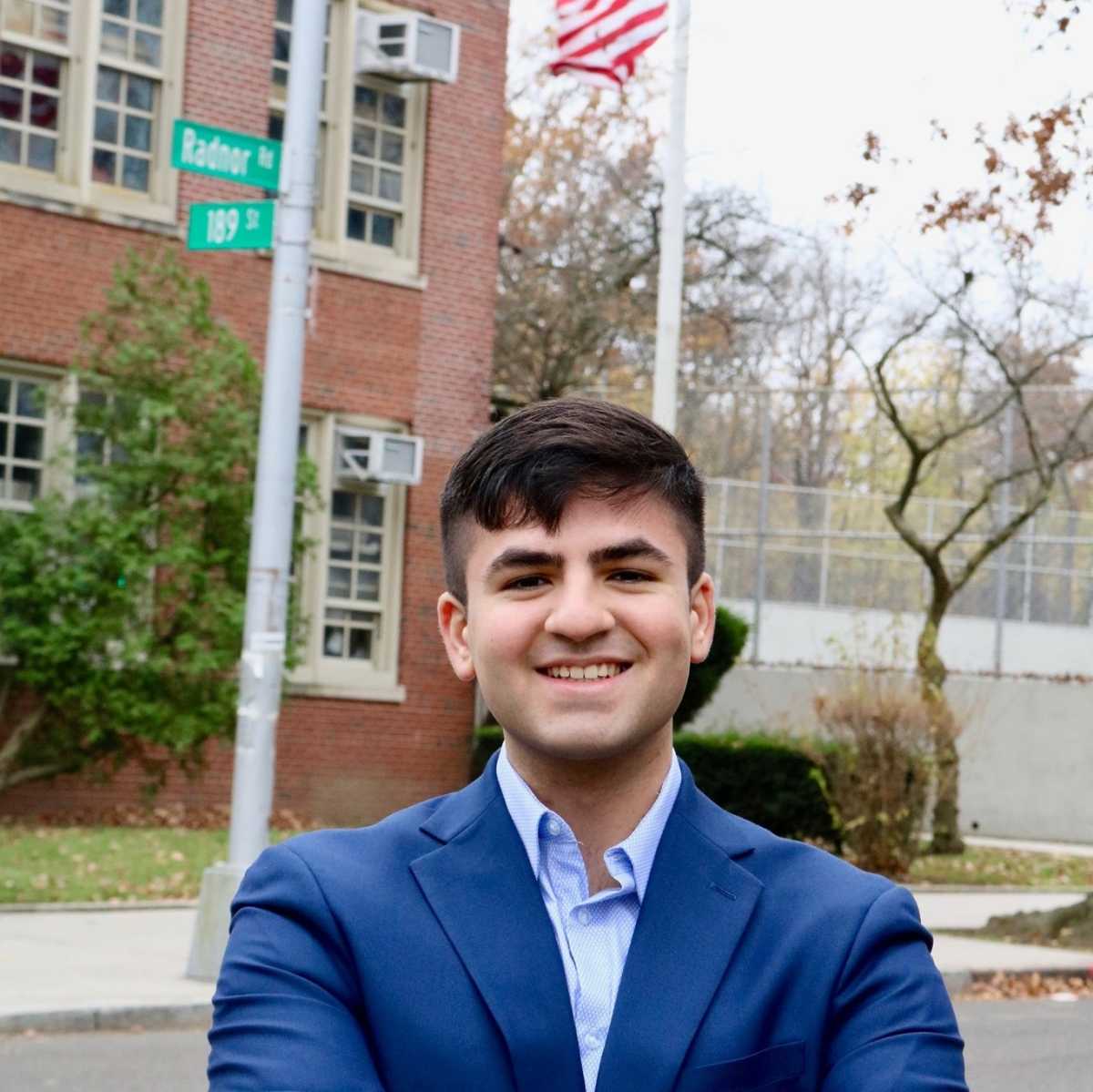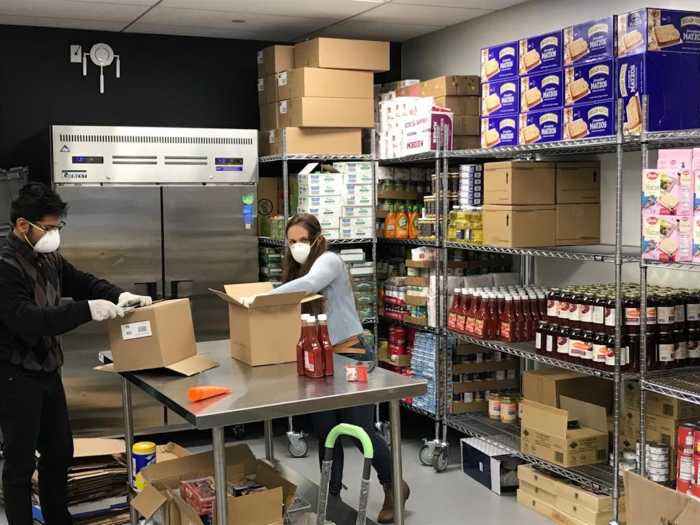BY SETH BRELAND
On Jan. 12, Mayor Bill de Blasio and Schools Chancellor Richard Carranza announced that the city’s Gifted-and-Talented (G&T) admissions test would be administered for the final time this April. The test, which is offered every spring to prospective kindergarteners, offers young students the opportunity to prove their merit-based skills and access accelerated learning opportunities throughout elementary school.
After leaving NYC families in the dark for months as to whether or not the test would be offered in 2021, the mayor has made a decision well past his tenure: to “move forward and develop a system that reimagines accelerated learning and enrichment” as vaguely described by city Department of Education (DOE) spokesperson Miranda Barbot. No specifics have been released about the replacement of accelerated learning programs, and until we know, we cannot afford to leave our students without these critical opportunities.
Rather than eliminating chances for our students to thrive in individualized settings, we should expand G&T and similar programs. In doing so, we’ll help improve educational outcomes across the board, but particularly for students of color.
Decades of research have shown how imperative it is to support the unique needs of students across the learning spectrum. According to a recent study on high-achieving students, more than 70 percent of surveyed teachers indicated that their brightest students weren’t given the chance to “thrive” in regular classroom settings. Gifted students who are left behind with coursework that is too easy for them often struggle academically later on; coasting through schoolwork denies students the opportunity to build self-management skills like planning ahead, staying organized, and careful studying habits. Beyond providing students with an in-school education that adequately challenges them, accelerated learning programs have been proven to foster long-term success; participating students are statistically more likely to maintain their interests over time, go to college, and obtain graduate degrees.
Gifted and Talented programs have additionally long served to diversify New York City public high schools. While Black and Hispanic students currently make-up about 70 percent of the city’s total student body, they only represent a concerningly low 11 percent of enrollment in specialized schools. But this hasn’t always been the case. In 1982, when there was extensive offering of G&T programs in local elementary and middle schools, Brooklyn Tech’s student body was 51 percent Black. Today, that number stands at 6 percent. This drastic decline is due in part to “de-tracking” efforts of the 90s that have left ten districts in the city with 88-96 percent Black and Hispanic student enrollment having only one G&T program, or none at all.
Opportunities for accelerated learning ought to be expanded, not minimized. Some of our current elected officials, particularly Black leaders, recognize this. In a letter spearheaded by City Councilman Robert Cornegy Jr and signed by 13 other council members, these leaders noted how they “see the program as a catalyst for helping children succeed, particularly students of color. If the program was not worth it, there would not be students spending an hour on a train twice a day to get a good education.”
Demand for access into gifted elementary programs among New York City families is high but underserved; of the 29,000 children who took the test last year, only a mere 3,600 were offered seats. Year after year, the DOE refuses to provide additional G&T spots despite consistent pleading from educators and parents alike.
Our city’s families deserve more than an empty announcement about the cancelation of a program they rely on and seek out for accelerated learning. We need to prioritize, reimplement, and expand the Gifted-and-Talented program to make it available to all of the students that need it.
Seth Breland is an 18-year-old candidate for City Council in the 23rd District (Bayside, Douglaston, Fresh Meadows). On Twitter @Breland4Queens.





































